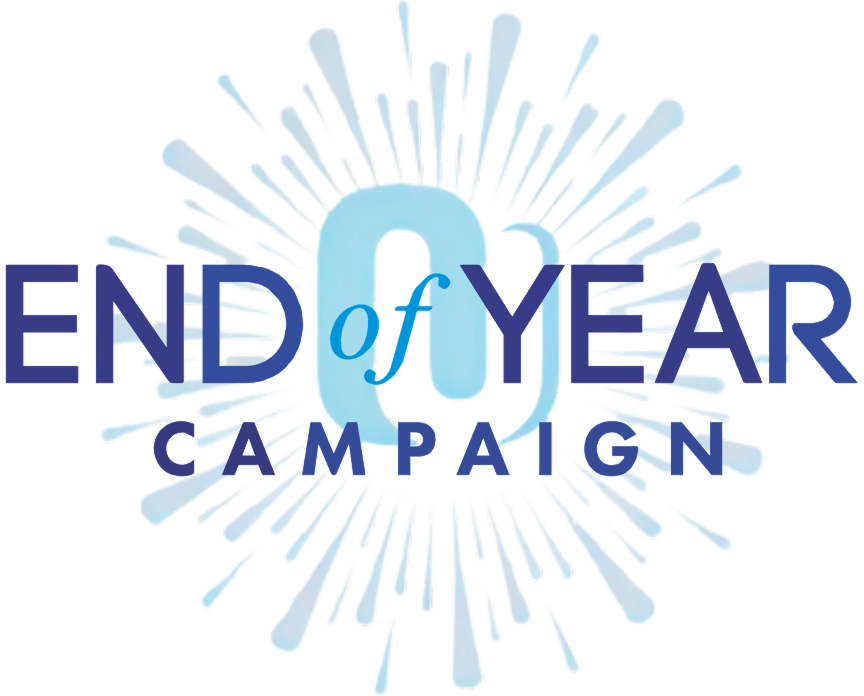It’s always interesting to see how different people can read the same text so very differently, and it is often enlightening to read a text through another’s eyes.
Years ago, I was teaching an adult education class designed for beginner students, from all backgrounds and streams of Judaism, to build skills in learning halachic texts. I chose to focus on the various holidays, and in the course of our study of Purim, we read the the Rema’s guidelines for determining whether or not to fast on Taanit Esther:
This fast is not obligatory; therefore, one may be lenient about it in a time of need, such as a pregnant or nursing woman…and even those whose eyes pain them, if they are suffering greatly, they should not fast but will repay [the fast] afterwards. But other healthy individuals should not separate from the tzibbur (community). (Orach Chaim 686:2)
One student perked up at that last line and said “So he’s saying that as long as you’re a part of the community, it doesn’t matter if you fast?” While this reading made sense within her religious philosophy and approach to halachic observance, it was the furthest possibility from my mind when I read the Rema! Her question, though, got me thinking: Why did he say it in that awkward, confusing way? Why not just say “a healthy person must fast,” or even more concisely, say nothing at all? Once he elaborated on who may eat, the reader could reasonably assume that everyone else must fast!
As soon as I recovered from my surprise, I told her I was sure that on the contrary, the Rema was emphasizing the importance of fasting if one is healthy enough to do so. Why, then, the awkward phrasing? It seemed my student did have a point, in part. The Rema’s wording indeed places heavy emphasis on “being part of the community.” Not instead of fasting, but by fasting; in other words, he describes the fast as a method by which to join the community. Like she said, community is the goal; fasting is secondary, a means to that end.
Which seemed a little weird. We tend to think of fast days as a cry to G-d, an opportunity for introspection and repentence, or a time of mourning – not as a social occasion! While we do add to our prayers on Taanit Esther, somehow this one is different.
The Rema opens his comment with the statement that “this fast is not obligatory” yet he is strongly encouraging us to fast. What is this fast, if not an obligation? According to some Rishonim, it is a memorial to the fast Esther called for in Shushan; to understand the unique nature of this day, we have to look at the original.
When Esther first heard what Mordechai wanted her to do and balked at the suggestion, Mordechai responded, “Don’t imagine that you will escape, in the royal palace, מכל היהודים (4:13).מכל היהודים – “out of all the Jews,” or maybe “from all the Jews” – perhaps, “away from all the Jews.” Esther, stuck in the palace and married to the Persian king, was disconnected from the rest of the Jewish community; she hadn’t even heard the news of the decree that had the rest of her people crying in the streets. Mordechai reminded her that her isolation was an illusion: she was bound up with this nation even if she hadn’t been feeling it.
So that when Esther responded, telling Mordechai to get the people to fast, it wasn’t just a way to pray for divine help; in fact, like the rest of the Megillah, Esther’s instructions don’t explicitly mention G-d or prayer. Instead, she tells him “Go, and gather all the Jews in Shushan, and fast עלי… and my נערות (servants) and I will thus fast, and with this I will go to the king.” (v. 16) As it happens, the Jews were already fasting (v. 3), so what exactly was Esther adding? She wanted them to “gather,” and she wanted them to fast “עלי” – which we usually think of as simply “on my behalf,” but perhaps could be understood as “upon me,” or even “along with me.”
Perhaps her goal in “gathering” the people for this fast wasn’t simply gathering them together, but gathering them to her, creating a way for her to feel connected again. Only “with this” could she possibly overcome her sense of isolation and find the strength to risk her life and plan effective action to save her people.
Somehow, fasting as a community has a special power to unite, to create a sense of connection. When I had to drink and eat “shiurim” on Yom Kippur a few years ago, I remember being first excited at the prospect of feeling good enough to go to shul for Neilah and maybe even focus, and then disappointed to discover that Neilah just wasn’t the same. There I was, surrounded by the same community as every Rosh Hashana and Yom Kippur, and I didn’t feel the connection I always loved, that was always so inspiring. Everyone else had been in it together, and I hadn’t. Everyone else could join in a powerful “Hashem Hu Ha’Elokim,” and I felt like an interloper. I observed the day in accordance with halacha; of that I had no doubt. But I hadn’t experienced the fast with my community.
This power of a shared experience, in particular that of fasting, of “making it through” together, doesn’t even require physical proximity. The Rema’s wording actually comes from an earlier source, recorded by the Beit Yosef in the name of Rashi. He tells us that a woman who was going to have to travel on Taanit Esther asked whether she could eat that day and make up the fast a different day; it was in response to her question that the answer was given, “This fast is not from the Torah and not Rabbinic, rather only a minhag…and even so, it is forbidden for a person to separate from the community.” She wasn’t going to be with her community; on the contrary, she would be isolated on the road! But perhaps that was all the more reason for her to fast on the same day as everyone else. Just like Esther came up with the strategy of “gathering” through fasting to create connection, this traveler could – and must – “gather” with her people to fast, wherever she might be.
Like what I learned about Yom Kippurim, the day that is “k’Purim,” like Purim – we have the opportunity on Taanit Esther to unite, wherever we are, through a shared experience. And perhaps that serves a particularly important purpose as a preface to the day of Purim itself, when we have the opportunity to rejoice specifically as a community, with so many mitzvos designed to bring us closer together but that come with a risk of deteriorating into empty frivolity. If we drink, is it to enjoy ourselves, or to connect with each other and the joy of the day? If we choose to put hours into creative or fancy mishloach manot, is that to show off what we can do or to create a sense of community with those to whom we give? Is matanot l’evyonim a chore to be checked off, or an opportunity to remember our connection with every Jew, in every place, in every kind of circumstance?
We all fast together, wherever we are, and that shared experience has the potential to bring us into the day of Purim in the spirit of connection and community. It is a social occasion, if we make it so. Like Esther, though hopefully not with the same stakes, we can be inspired by that connection to act for each other as one, on Purim and beyond.
We might even remember our connection and see what we can learn by looking through each other’s eyes.

